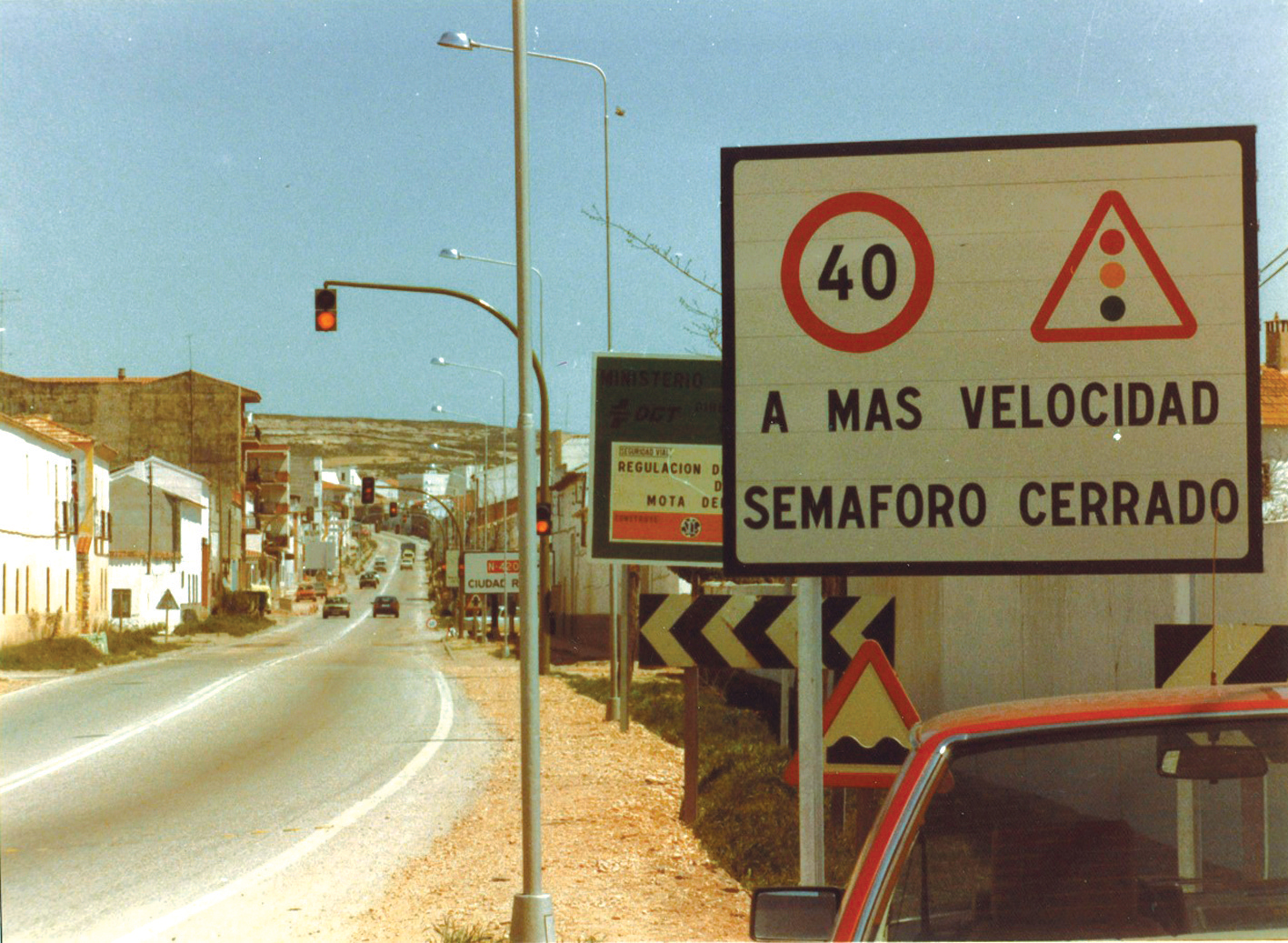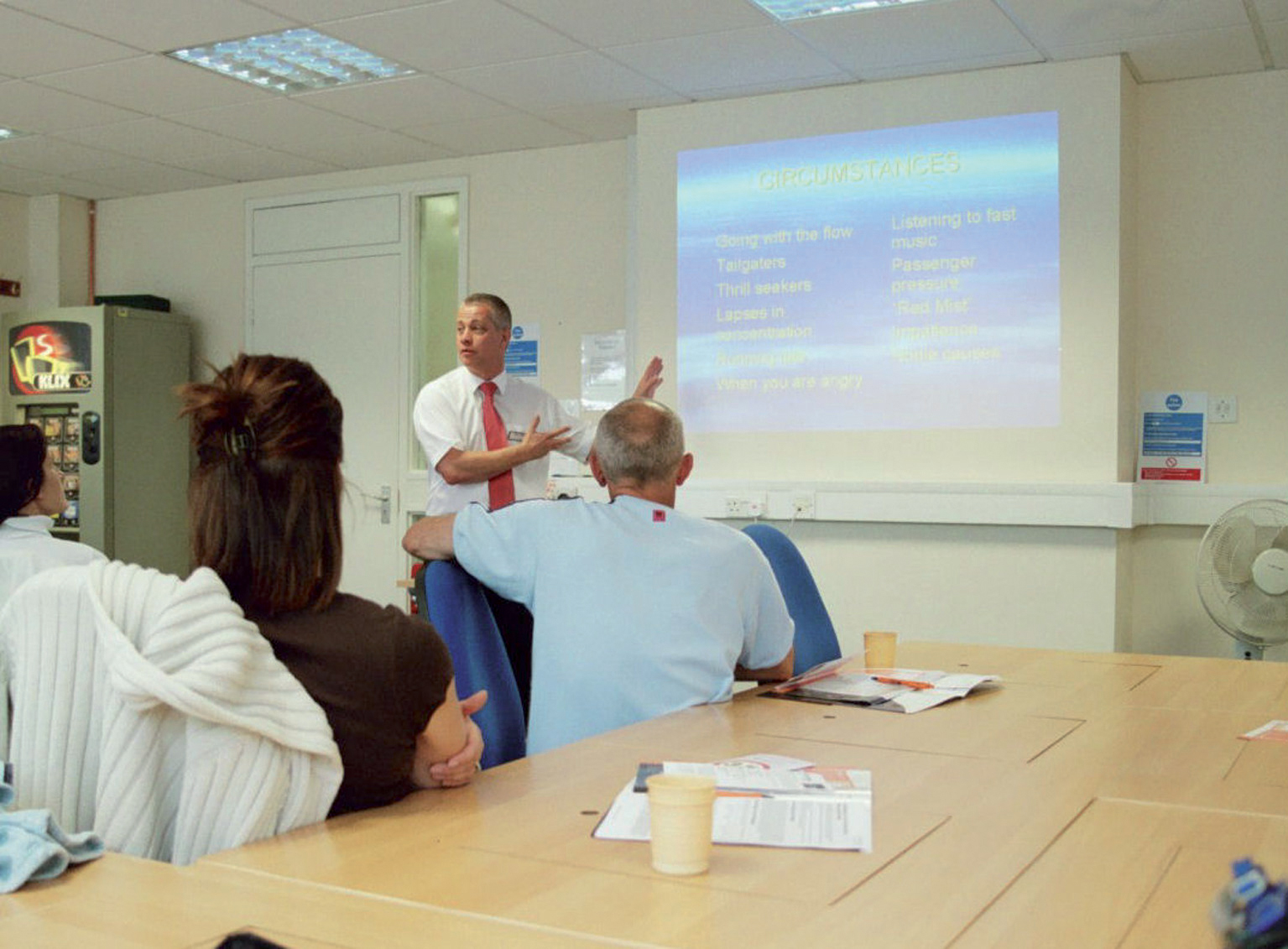David Crawford finds that softly, softly can be safely, safely when it comes to speed enforcement.
Comedians and controversial TV presenters have long made jokes about having to watch the speedometer so closely as they pass speed camera after speed camera that they mow down bus queues. But the joke may have some factual basis according to a study by researchers from the University of Western Australia.
They found that over-strict enforcement of speed limits could adversely impact overall road safety because drivers tend to give more attention to checking their speeds than looking for upcoming hazards.
Australia’s traffic police are notoriously harsh with speed enforcement but state publicly that they allow a small degree of leeway above the official limit although, apparently, they are not prepared to reveal the exact nature of that tolerance. It was against that background that the researchers used a driving simulator to evaluate whether tightening thresholds of tolerance for exceeding legal limits had a negative effect on motorists' mental and visual capabilities in responding to a possible emergency.
The study involved 84 participants who were warned that they risked being fined for driving at speeds of 1km/h, 6km/h or 11 km/h above a 50km/h limit. The equipment then measured their responses to small red dots, indicating potential hazards, that appeared in their peripheral vision.
Reporting the results, lead researcher Dr Vanessa Bowden told ITS International that motorists who were given the tightest (1km/h) threshold proved less likely to detect objects that lay outside their immediate line of sight. "We concluded that drivers' mental and visual resources were being used up in paying extra attention to the speed monitoring task, and that this was taking some of their attention away from the visual world around them when they were driving.”
The participants also completed questionnaires which asked them how difficult or demanding they had found the experience. Those that had been given the tightest threshold had found it more stressful, said Bowden, who is a research associate in psychology at the university's School of Psychological Science.
“There can,” she continued, “be a perception that, by making enforcement stricter, you're going to gain only benefits; for example, that you'll get everyone driving more slowly and more safely. But you can't necessarily make drivers pay more attention to their speed and go more slowly without taking their attention away from some other critical aspect of driving.”
She hopes that enforcement agencies will take note of her findings.
The new study follows on from earlier research on drivers' prospective memory carried out within the Neurotrauma Research Programme at Western Australia's Harry Perkins Institute of Medical Research. Prospective memory involves remembering to carry out a planned or continuing action and can fail for reasons including an interruption – such as a red traffic signal or stop sign – so subsequently the driver ‘forgets’ the reduced speed zone is in operation. Simulations showed that such interruptions could see subsequent violations increase by up to 33%.
The starting point for the Harry Perkins research is the fact that road accidents are responsible for the majority of traumatic brain and spinal cord injuries in Western Australia.
The Institute sees achieving better understanding of, and modifying, driver behaviour as key elements in reducing casualties, with prevention as a major research area.
It has also been looking at the length of time during which drivers' performance continues to be affected by an initial distraction – a factor highlighting the need for ways of boosting prospective memory. The latter has been the subject of a parallel Australian initiative at the Department of Psychology at Mcquarie University in New South Wales.
The Mcquarie research indicates that drivers who breach variable speed limits in school safety zones are not necessarily guilty of intentional violations. Strict enforcement and harsh penalties do not necessarily work, it suggests, while cognitive factors and prospective memory failures may well have roles to play.
Variable speed limits are standard for school neighbourhoods across Australia at times when children are arriving and leaving.
But speeding remains common, with policymakers and police relying on harsh penalties and post-violation education to reduce speeding behaviour.
The answer, again, can lie in prospective memory failure. The researchers argue that drivers may well recognise that they are approaching a school zone and slow down at the entry point, when they see relevant signage, but don't always remember to continue to drive slowly the whole way through. This can be because their sequence of behaviour is interrupted by, for example, being required to stop at a traffic signal within the zone. Without any such interruption, drivers continued to move at lower speeds.
One possible cause is that the relative abruptness of the change from green to amber to red may give drivers little opportunity to ‘encode’ in their prospective memory the future intention to resume travelling at the reduced limit. This error can be reinforced by additional distractions – for example, external movements by pedestrians or other vehicles; or in-car radio broadcasts or conversations with passengers.
“Prospective memory suffers when attention is divided,” the department's Dr Julia Irwin told ITS International. The green signal may cause some drivers to resume travel at their usual speed – particularly if the road ahead is clear - because of a lack of cues in the road environment to prompt memory retrieval of the need to go slowly.
“Drivers appear not to notice their behaviour”, she continued. “But, if reminded, they will adopt a correct, safe speed.” To help with memory restoration, her team initially mounted a temporary 'reminder' sign after a traffic signal. Developed by local road safety campaigner Peter Olsen, the sign has twin amber flashing lights, drawing attention to a 'check speed' warning but not displaying the speed limit. Drivers responded by avoiding or correcting a lapse in prospective memory and drove compliantly.
The team later replaced this reminder with an iteration of the current New South Wales regulatory school zone sign that is normally placed only at entry points, with amber lights flashing and a red annulus around the '40' remaining lit during hours of operation. This alternative proved equally effective (and enabled Irwin to respond to a conference challenge on the extent to which the unusual sight of a makeshift sign might have influenced early findings).
The conclusion is that, while some drivers do deliberately and consciously intend to exceed the speed limit, the design of the road infrastructure itself may prompt others to engage in otherwise avoidable violations. Follow-up work has shown that brief halts at red signals are as deleterious as longer ones, and that passive stop signs can have the same effect as traffic signals.
According to Irwin, other Australian state governments have expressed interest in the findings and will, she hopes, be encouraged to invest in reminder signs in all their school zones that have signalised intersections. She believes that similar cognitive processes may also apply when drivers fail to continue to drive slowly in speed camera sectors or at roadworks locations, or when they have crossed from a rural to an urban speed limit zone.
She said preliminary on-road work suggests that if speed camera signs are repeated, most drivers are “quite compliant,” and further simulator trials are planned. “Placing reminder cues downstream from a known point of interruption can be an effective low-cost solution that eliminates most speeding in high-risk locations,” she adds.
Overall, she wants to see the team's evidence being taken into account in any serious attempt to realise the 'safe system’ core of Australia's National Road Strategy. This takes a holistic view of roads and their users, acknowledging that ‘people will always make mistakes and may have road crashes - but the system should be forgiving and those crashes should not result in death or serious injury.’
Task distractions
In 2016, the Accident Research Centre at Monash University, in the Australian state of Victoria, and other academic departments of psychology in Australia and the UK, jointly published the results of a further study. In this, 24 participants drove simulated urban routes while maintaining a fixed headway with a lead vehicle. They were given errands to test their prospective memories; event-based (such as spotting a filling station) or time-based (for example, noting when the on-board clock reached a given hour).
In contrast to previous research, the results found event-based tasks to be more disruptive, under-lining the impact on driving performance of everyday activities such as driving down an unusual high street while on the lookout for a cash machine.
- About the Author: David Crawford has spent 20 years writing about and researching ITS and is a contributing editor to ITS International.












